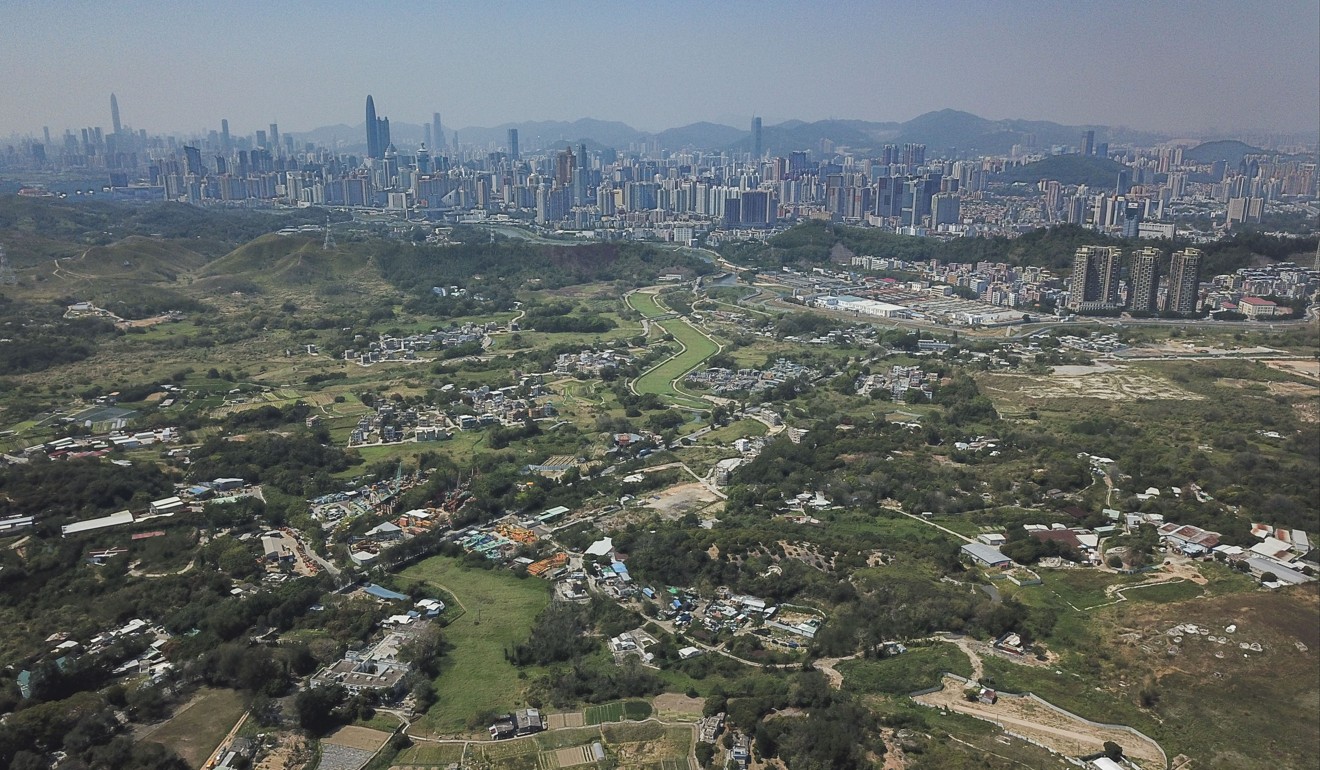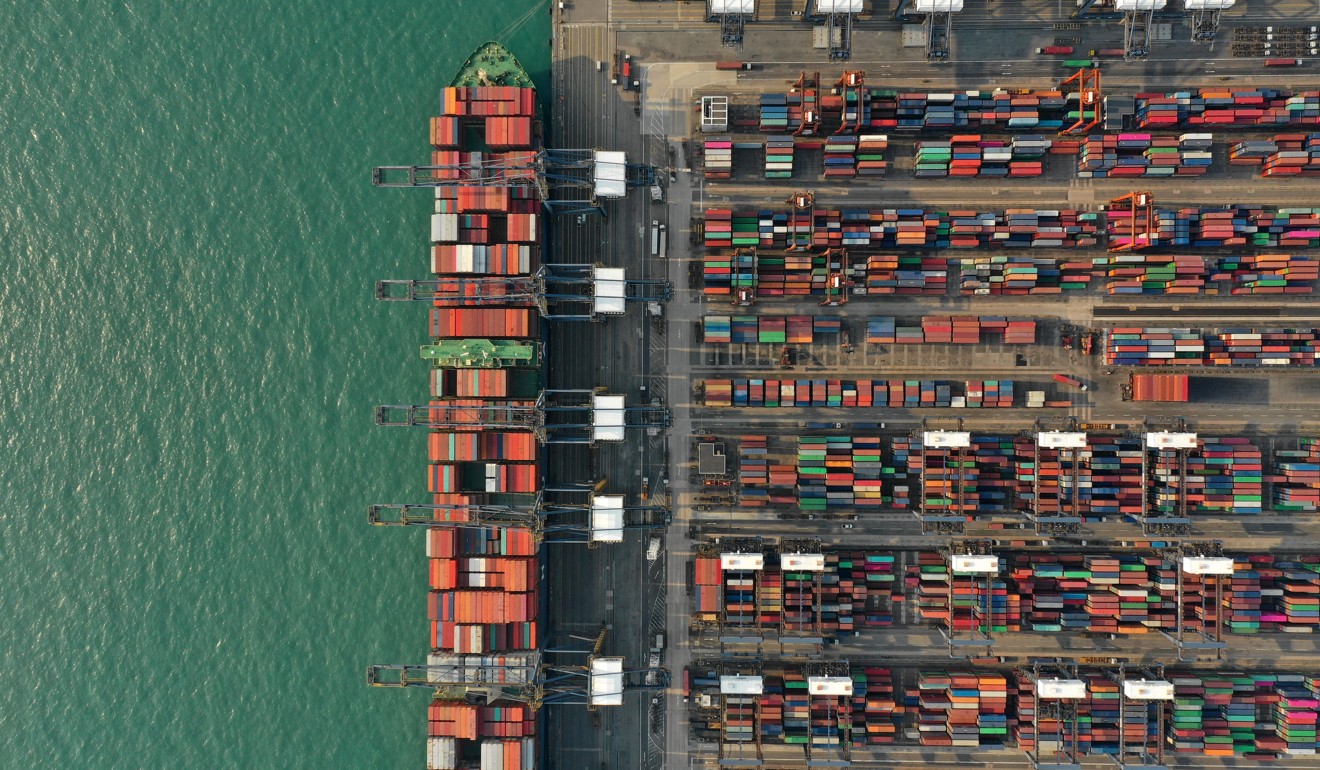
Carrie Lam’s policy address 2018: land development to maternity leave, five key takeaways from city leader’s blueprint for Hong Kong
Hong Kong’s leader has unveiled 244 new initiatives on pressing issues such as land shortage, health care, elderly care and welfare in her policy address. Here is what you need to know
Hong Kong leader Carrie Lam Cheng Yuet-ngor presented her second policy address in the Legislative Council on Wednesday. Her speech was short, lasting about 40 minutes, unlike her predecessor Leung Chun-ying’s preference for a long address. She unveiled 244 new initiatives on pressing issues such as land shortage, health care, elderly care and welfare.
Policy address brings good news for working mothers and house-hunters
Measures to ease Hong Kong’s housing problems were the major focus of her policy blueprint. She put land and housing policy initiatives at the forefront of her address, as a stand-alone chapter, ahead of economy and livelihood issues.
Here are five key takeaways of note on Lam’s 2018 policy address:
1. Land and housing
More land will be allocated for public housing development and the government will increase the ratio of public to private housing.
A new project, dubbed “Lantau Tomorrow Vision”, will develop an area of about 1,700 hectares, including an artificial island to the east of Lantau, and off other coastal areas such as Tuen Mun and Lung Kwu Tan. The project will provide 260,000 to 400,000 residential units, 70 per cent of which will be public housing. The new land will accommodate 700,000 to 1.1 million people and create 340,000 jobs in the next 20 to 30 years.
Lam said the government will speed up studies on using brownfield sites, damaged agricultural land now used as scrapyards and open storage space, to facilitate housing.

2. Banning e-cigarettes and fighting cancer
In a sudden move, Lam said she would impose a complete ban on e-cigarettes and other new tobacco products, such as heat-not-burn products and herbal cigarettes. It was a U-turn from a legislative proposal that came out in June this year aiming to regulate such products the same way as conventional tobacco products.
Also, a free cervical cancer vaccination scheme will be introduced in 2019/20 for schoolgirls of particular age groups to help prevent cervical cancer.

As it happened: Carrie Lam’s policy address 2018
3. Family-friendly and pro-labour policies
Lam has proposed giving working women four more weeks of maternity leave, raising the current statutory requirement of 10 weeks’ leave to 14 weeks, so new mothers will have more time with their newborns. The government will reimburse employers for the cost of the additional leave, capped at HK$36,822 (US$4,700) . It means for employees with a monthly income of HK$50,000 or below, the additional four weeks’ statutory maternity leave pay will be borne by the government in full. Such a policy will take effect immediately to government employees to set an example, Lam said.
As for the Mandatory Provident Fund (MPF) Scheme, Lam proposed scrapping the controversial offsetting mechanism that allows employers to offset long service and severance payments with the employer’s share of contributions.

4. Waiving tolls
A number of transport policies were rolled out. Lam announced the government will pay for franchised buses’ tolls at the Western Harbour Crossing to ease operators’ pressure to raise fares.
She promised to review the tolls at the city’s three cross-harbour tunnels for private cars in the hope of redistributing unevenly heavy traffic. She proposed tolls at the under-utilised Western Harbour Crossing, which connects Sheung Wan and West Kowloon, would be lowered for private cars, taxis, and motorcycles by January 1, 2020 while tolls at the Cross Harbour Tunnel serving Hung Hom and Causeway Bay, and the Eastern Harbour Tunnel linking Quarry Bay and Lam Tin, will be raised at the same time.

5. Economy
Hong Kong faces increasing economic challenges through competition with its neighbours and protectionism caused by the US-China trade war. Lam said the city must diversify its economy and capitalise on opportunities arising from mainland China’s go-global trade strategy, Belt and Road Initiative, and the IT-led development of Hong Kong, Macau and nine Guangdong cities into Greater Bay Area.
She said the government started exploring the feasibility of introducing tax measures to foster ship leasing business as a way to revive the maritime industry, which is the bedrock for the city’s trade and logistics industries.
To train more students and in-service practitioners of the maritime and aviation industries, the government will pump HK$200 million into a training fund, the Maritime and Aviation Training Fund.
In a fresh push on Hong Kong’s re-industrialisation, Lam promised a HK$2 billion scheme to partially reimburse manufacturers who set up a production line in Hong Kong.
She also promised to provide HK$2 billion resources to the operator of the city’s industrial estates and science park, Hong Kong Science and Technology Parks Corporation, to develop facilities for advanced manufacturing.


